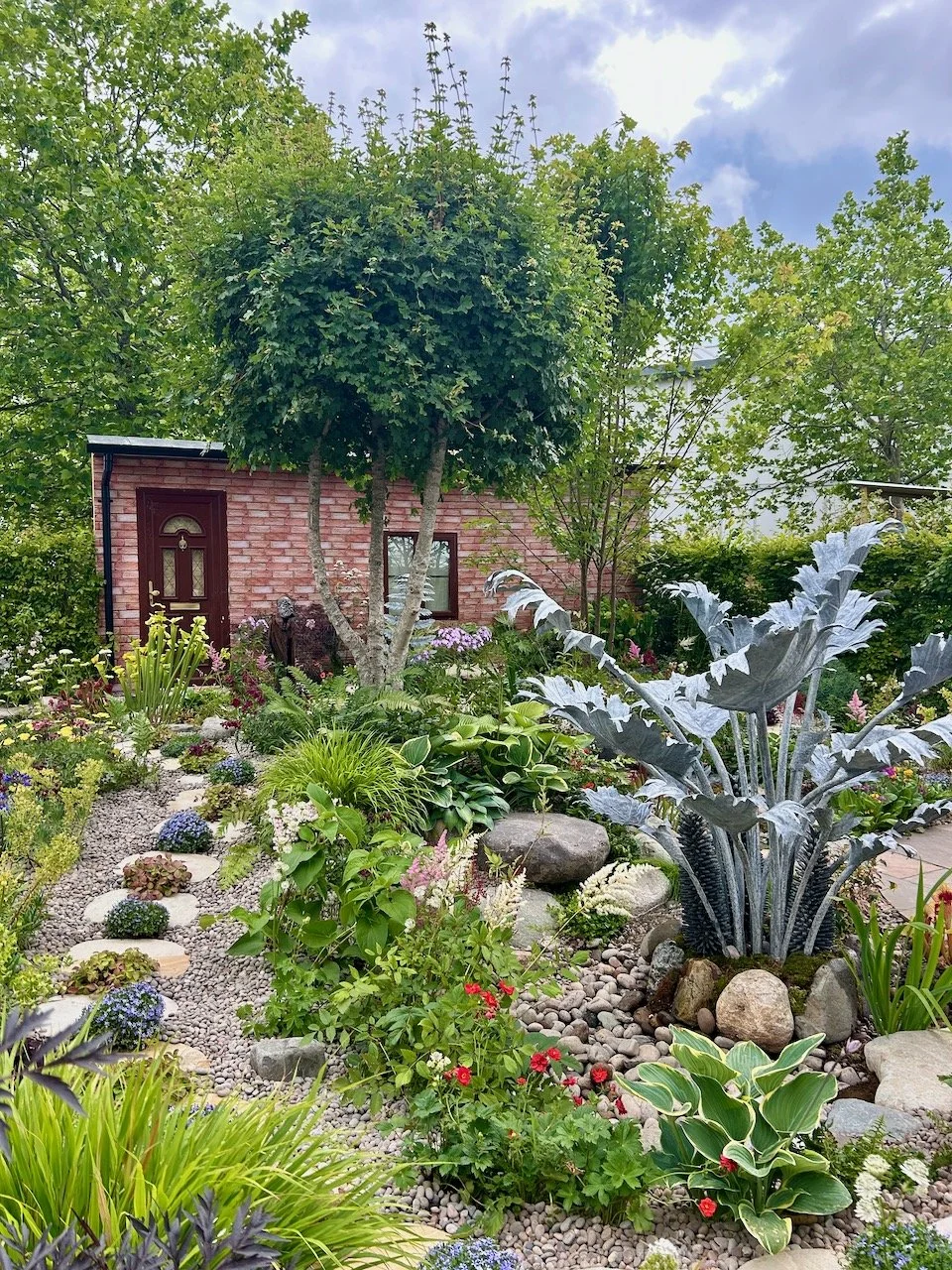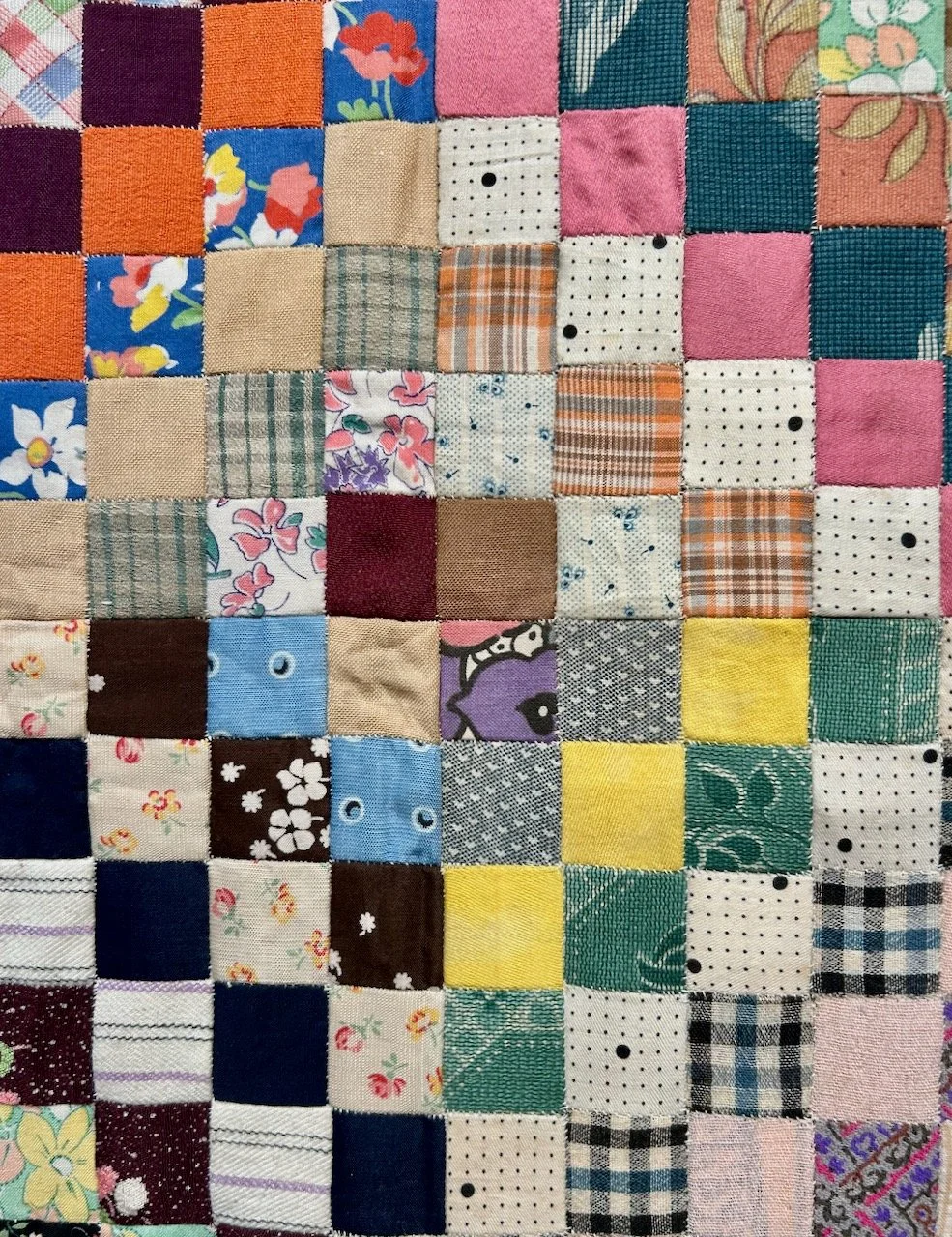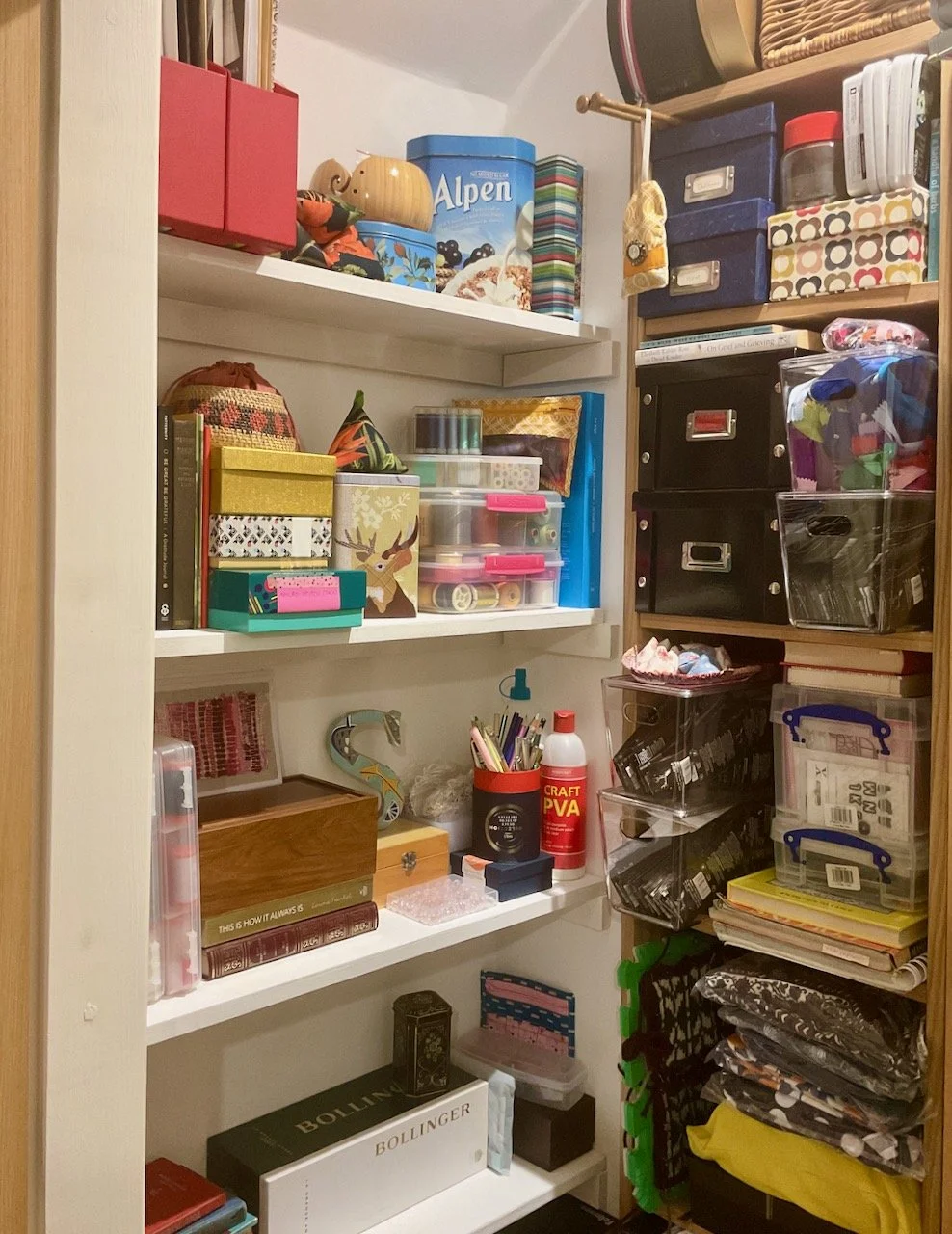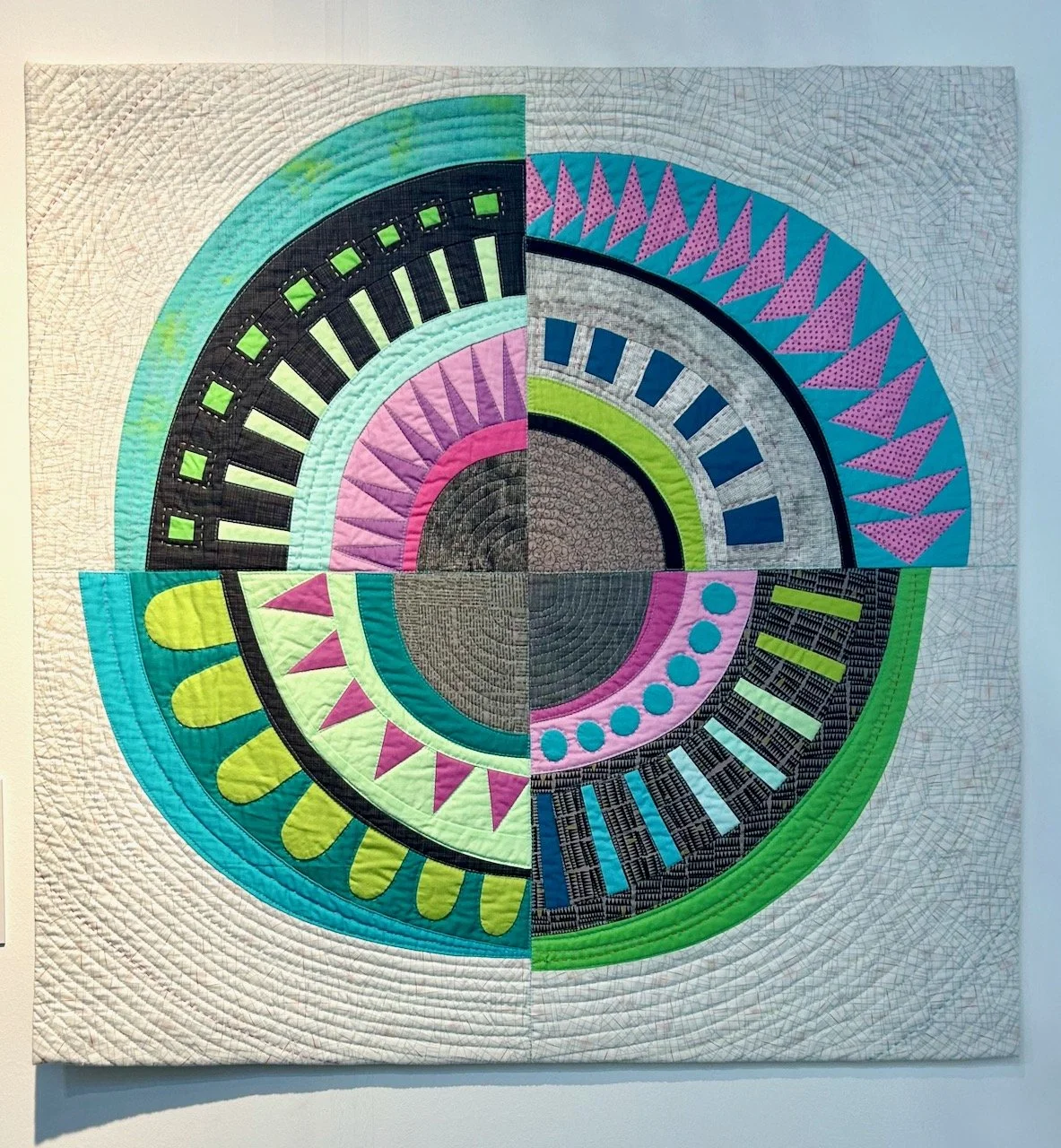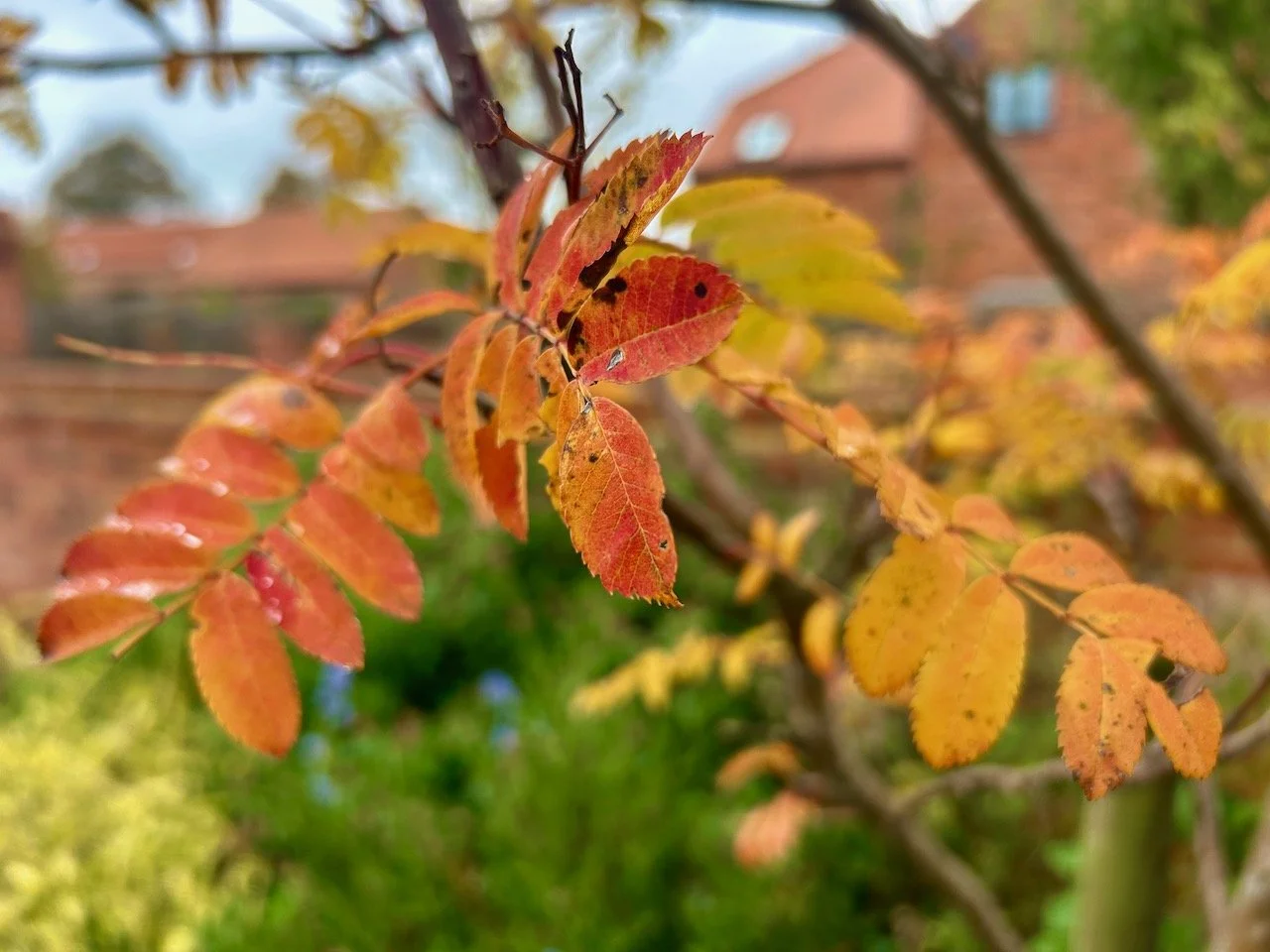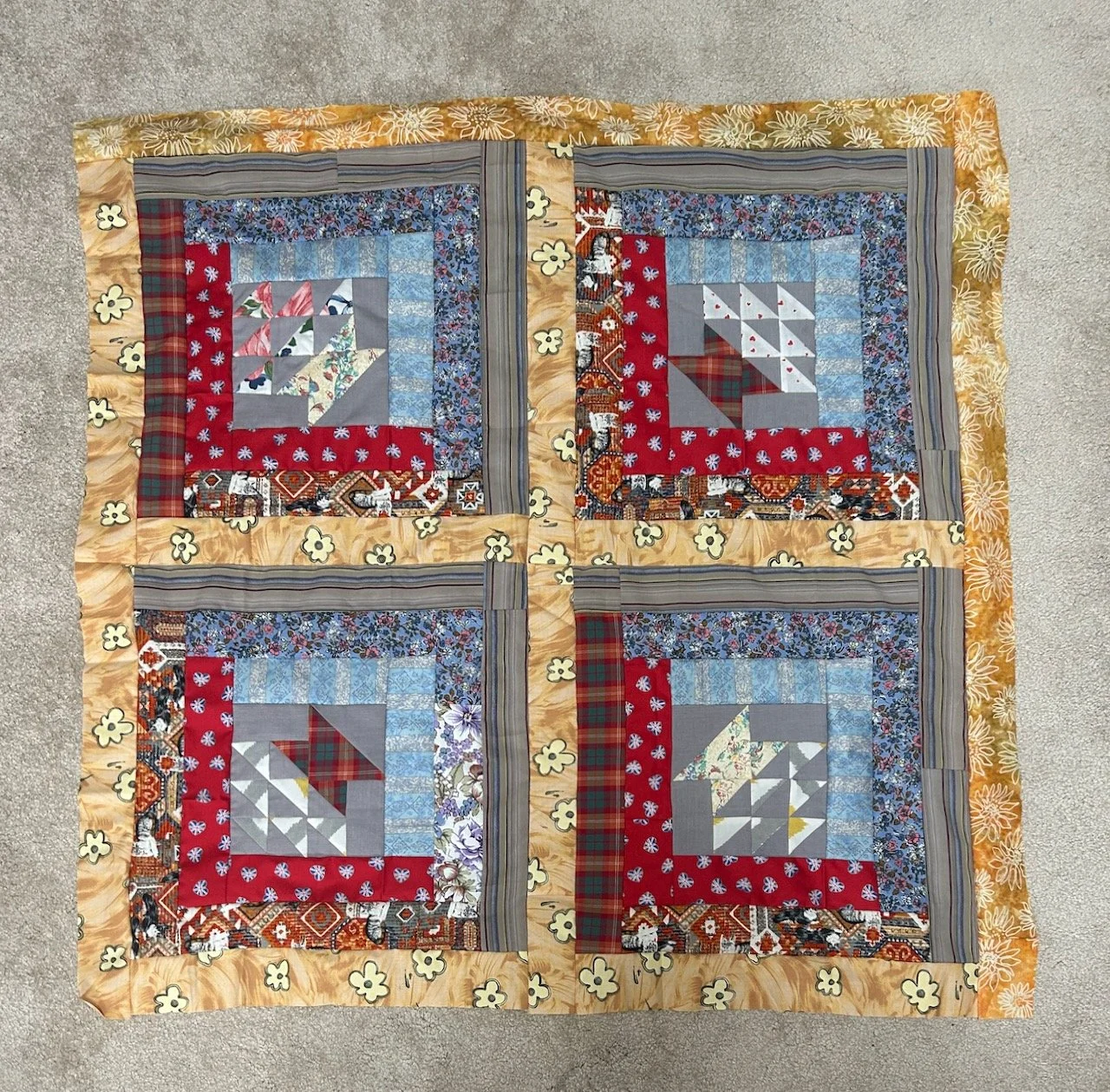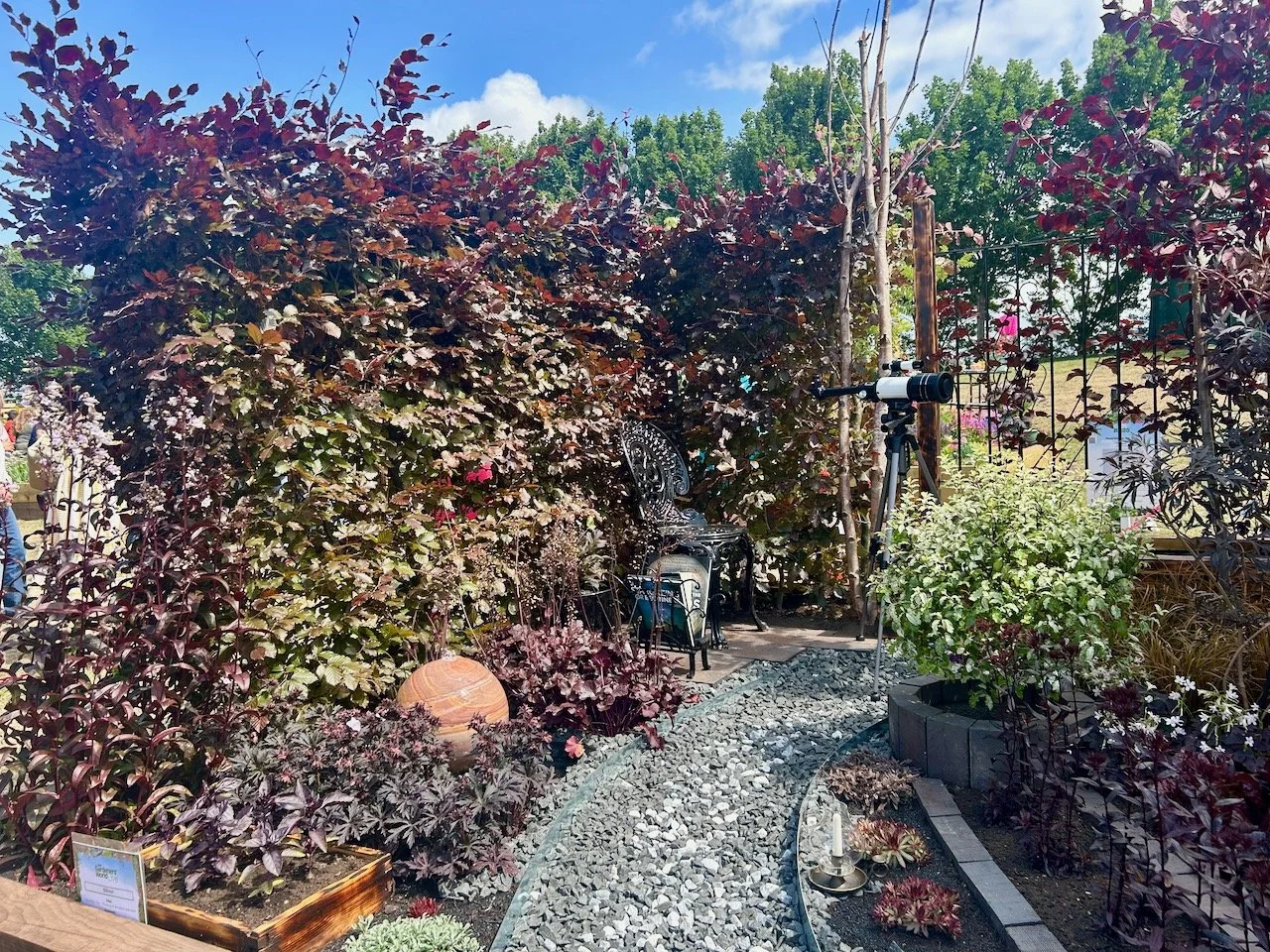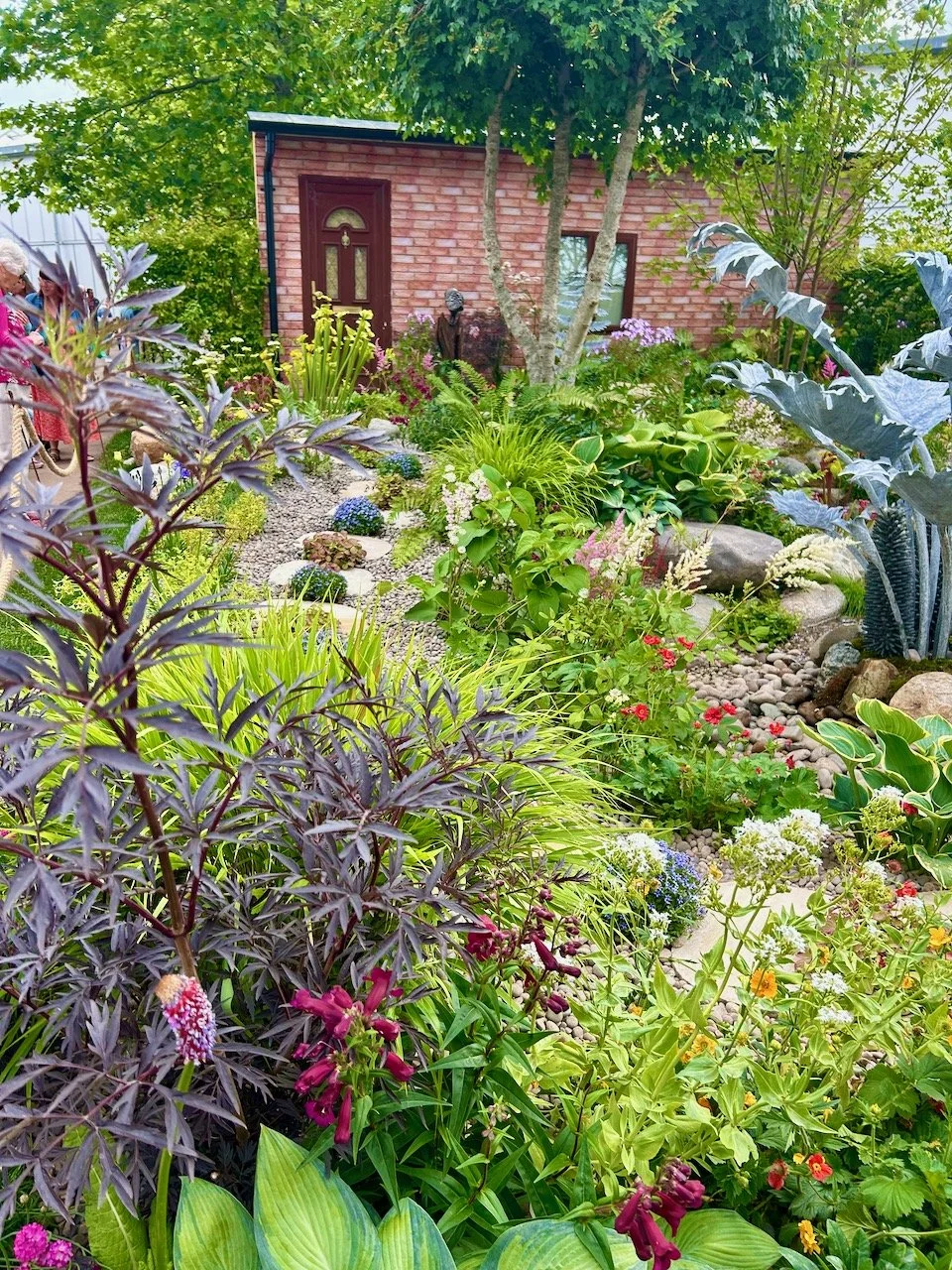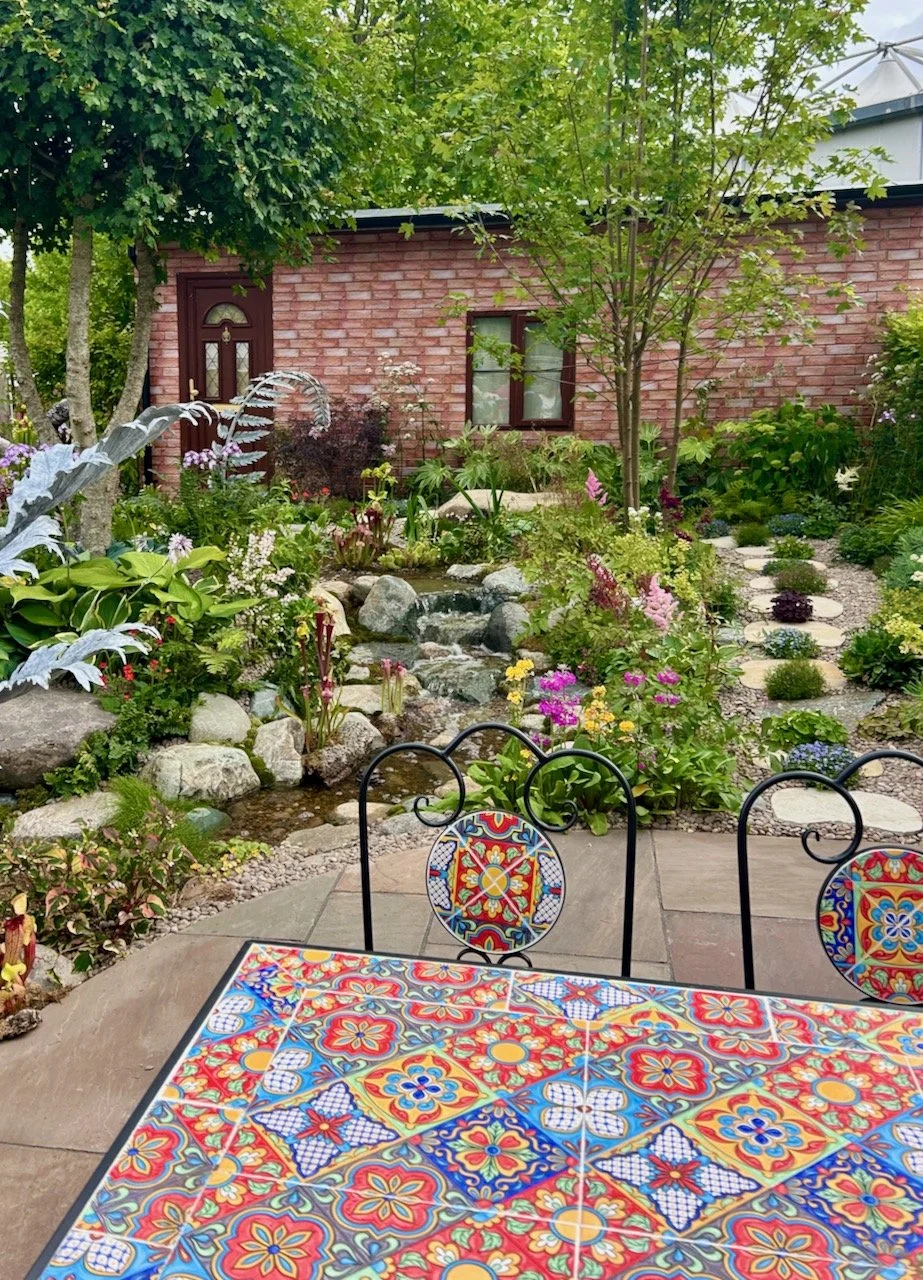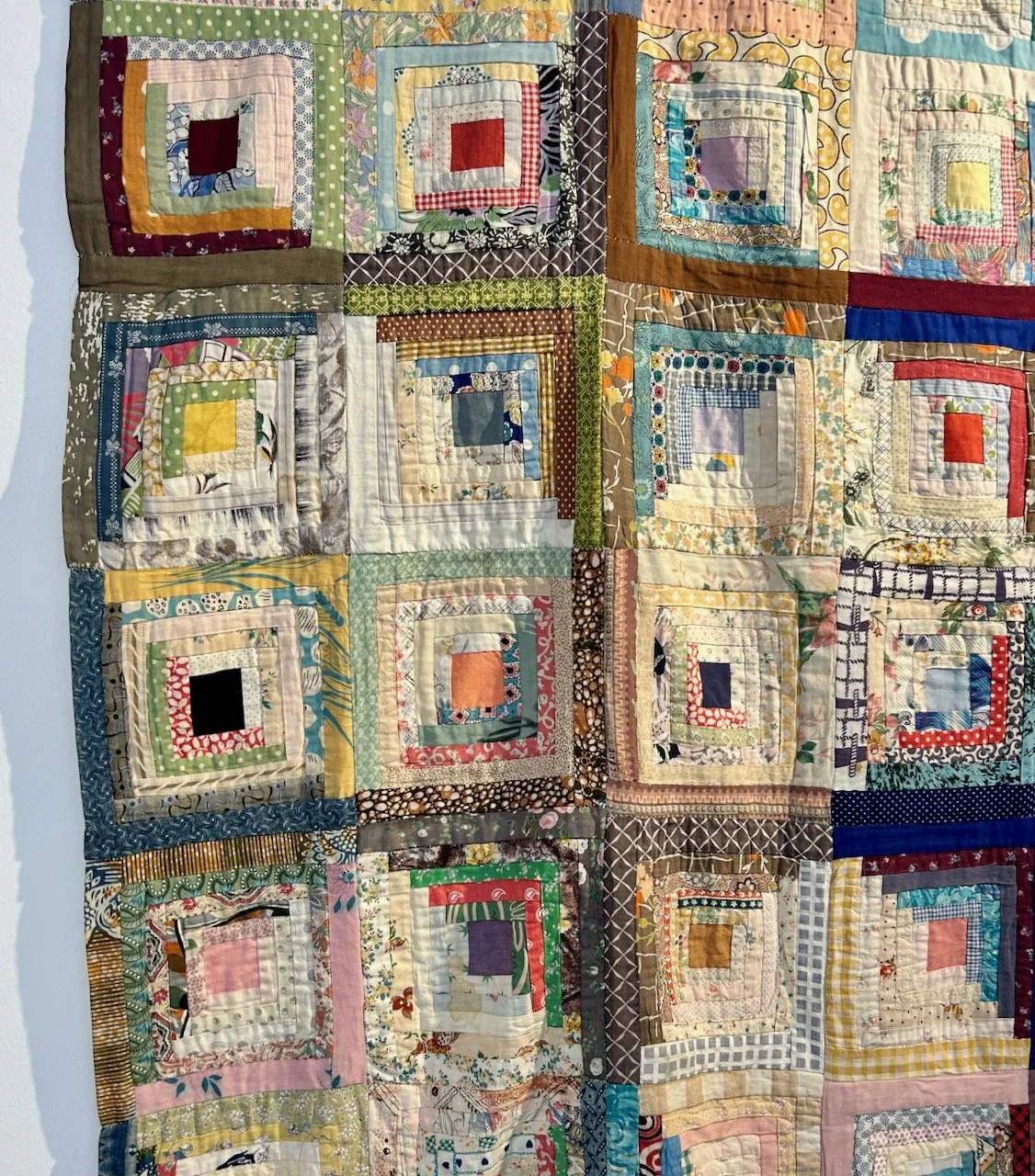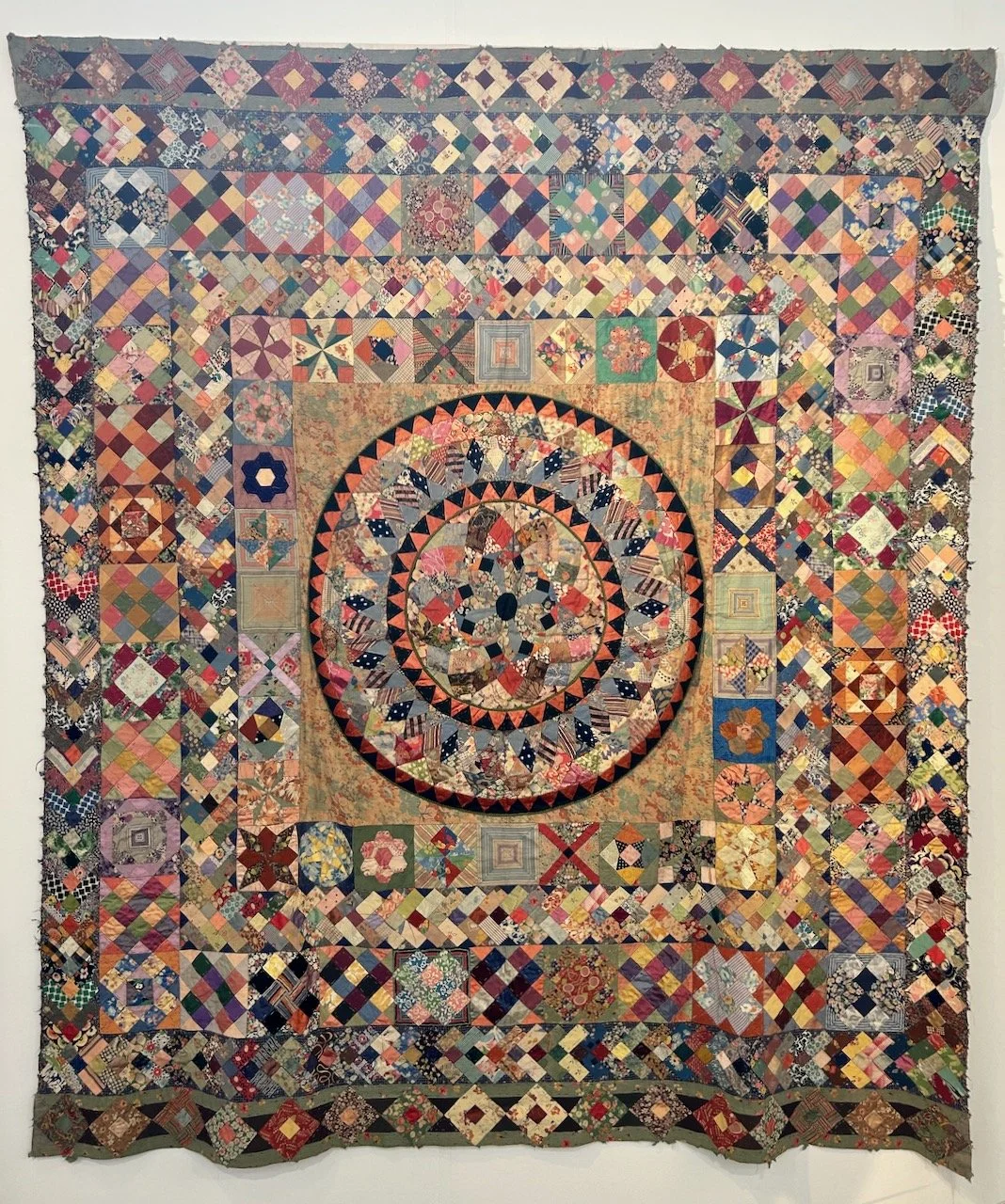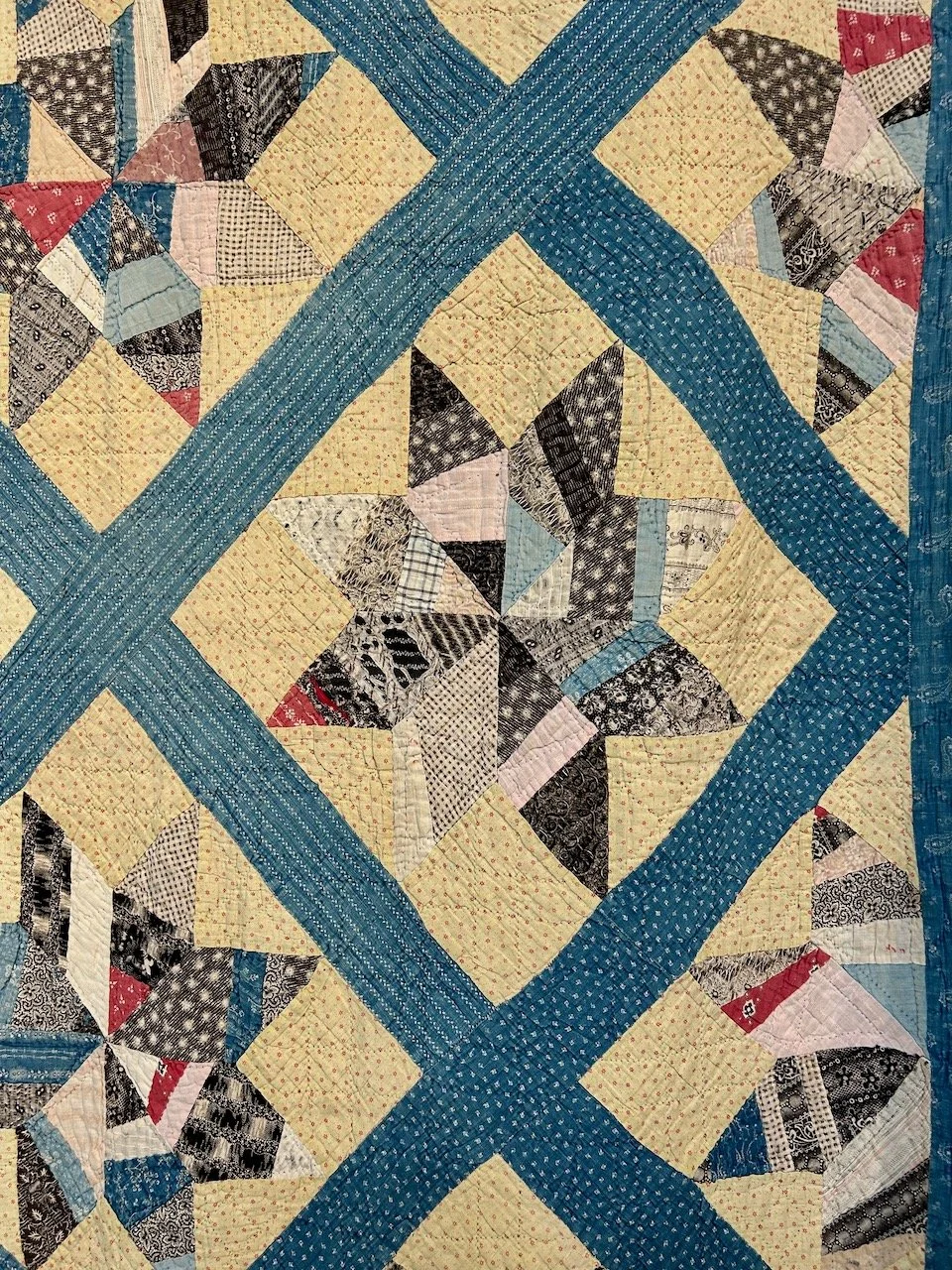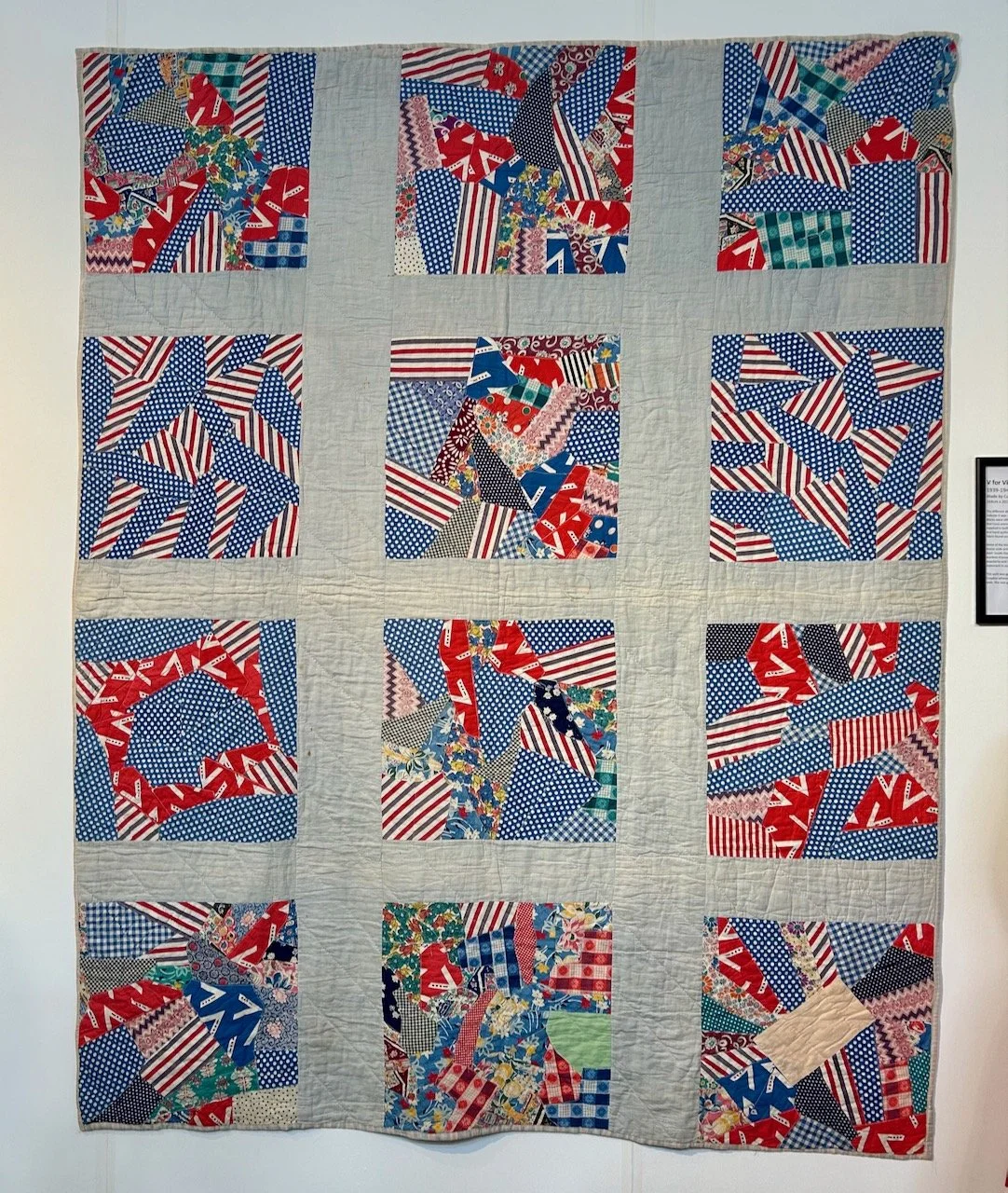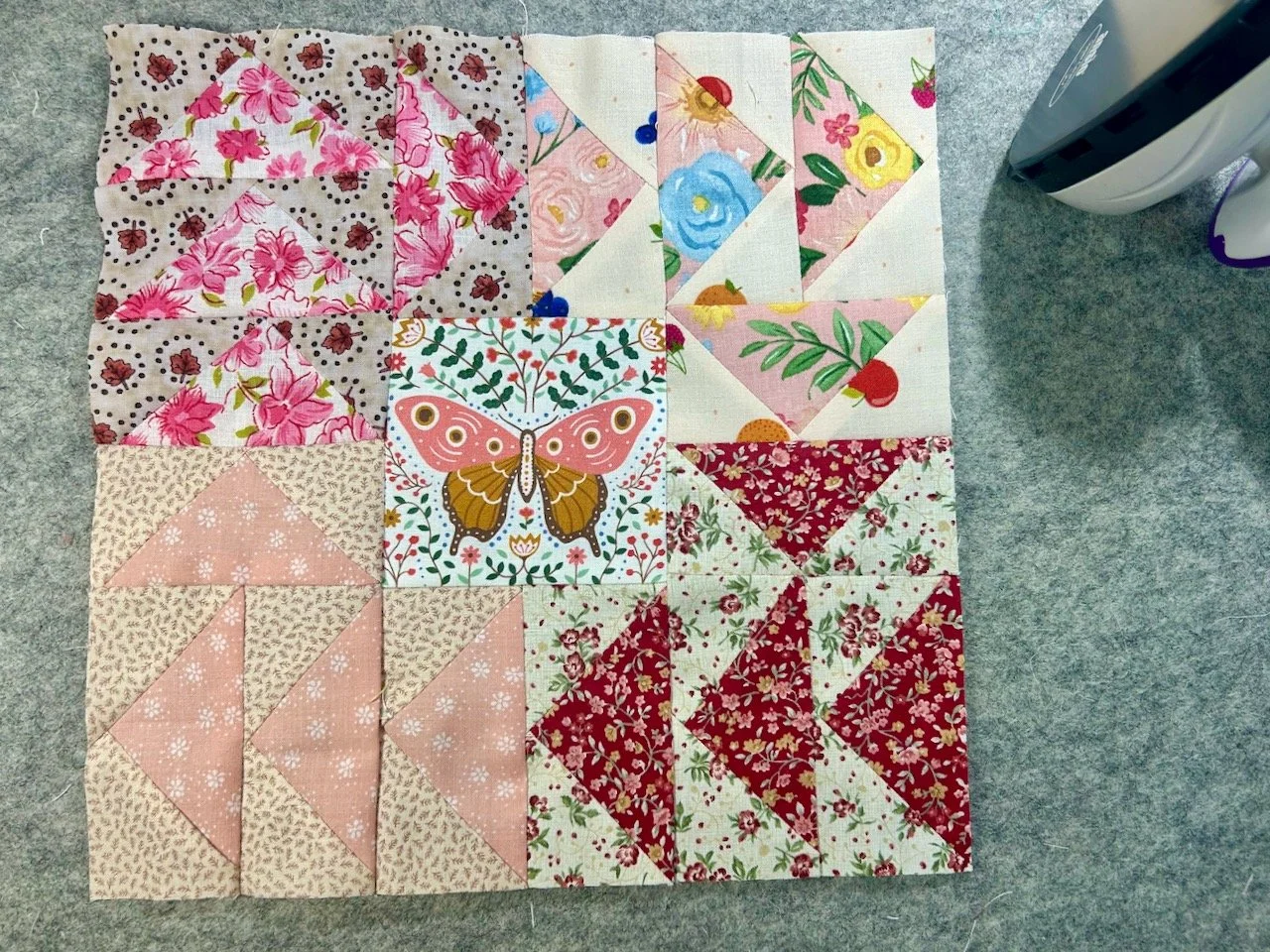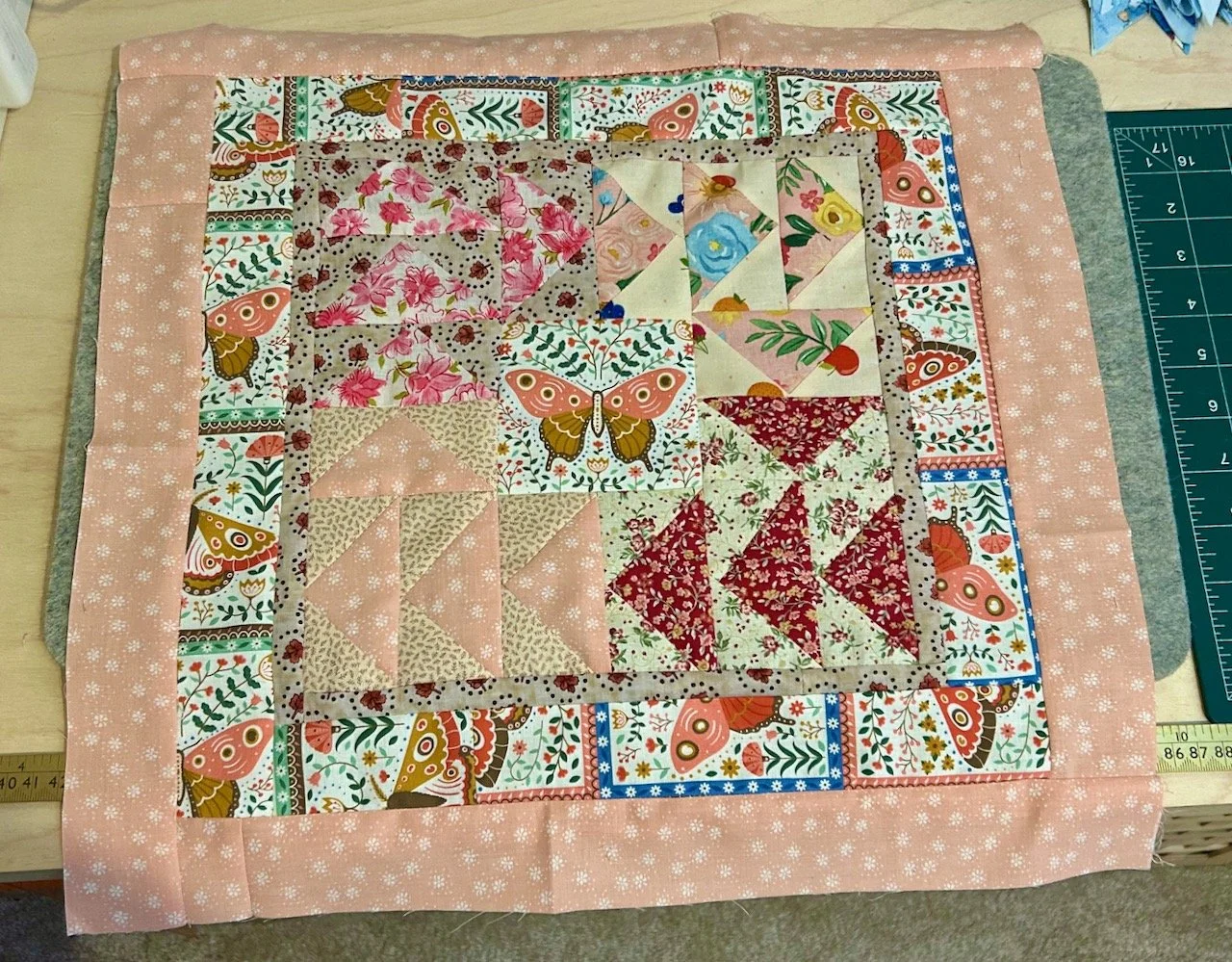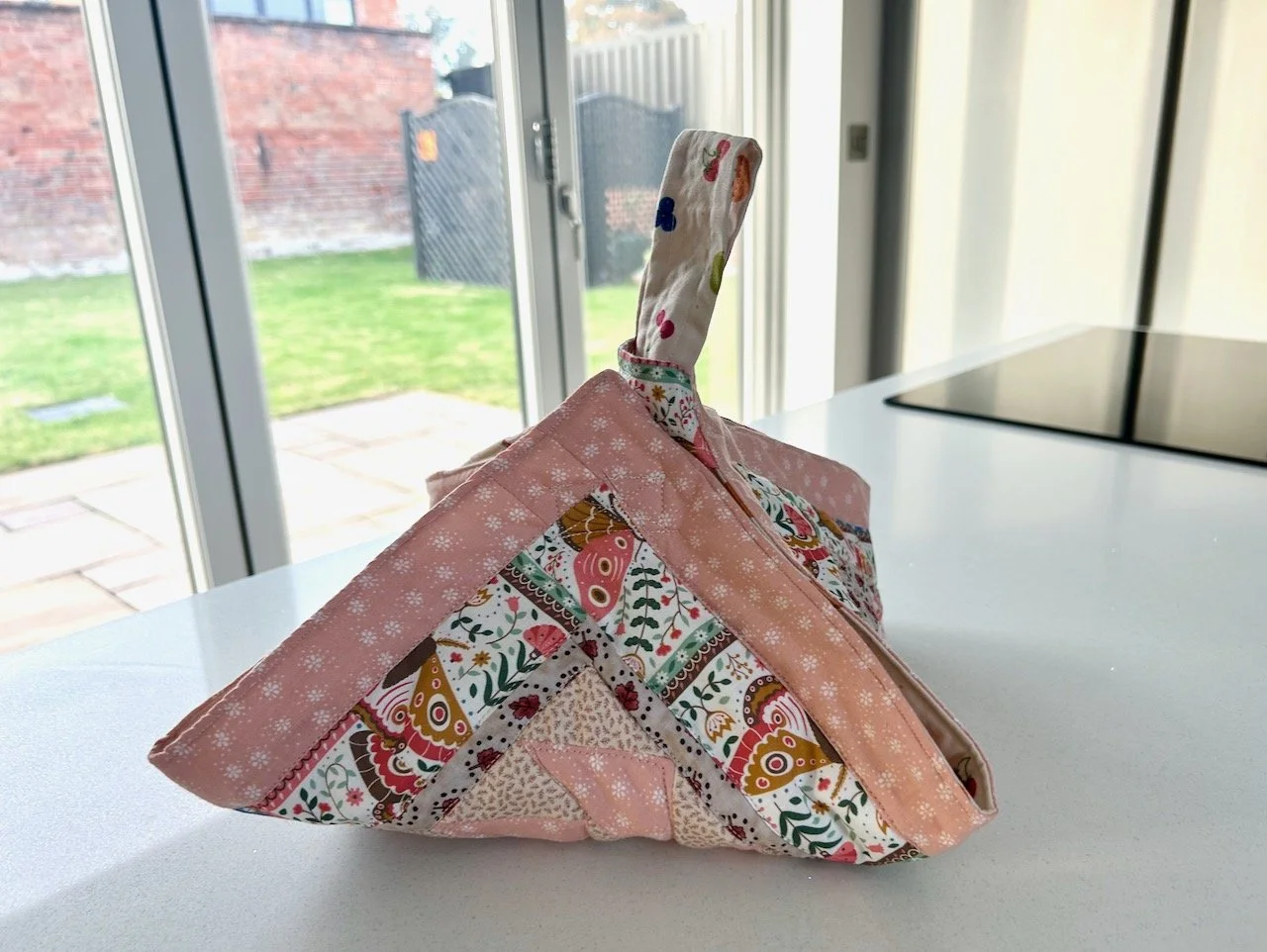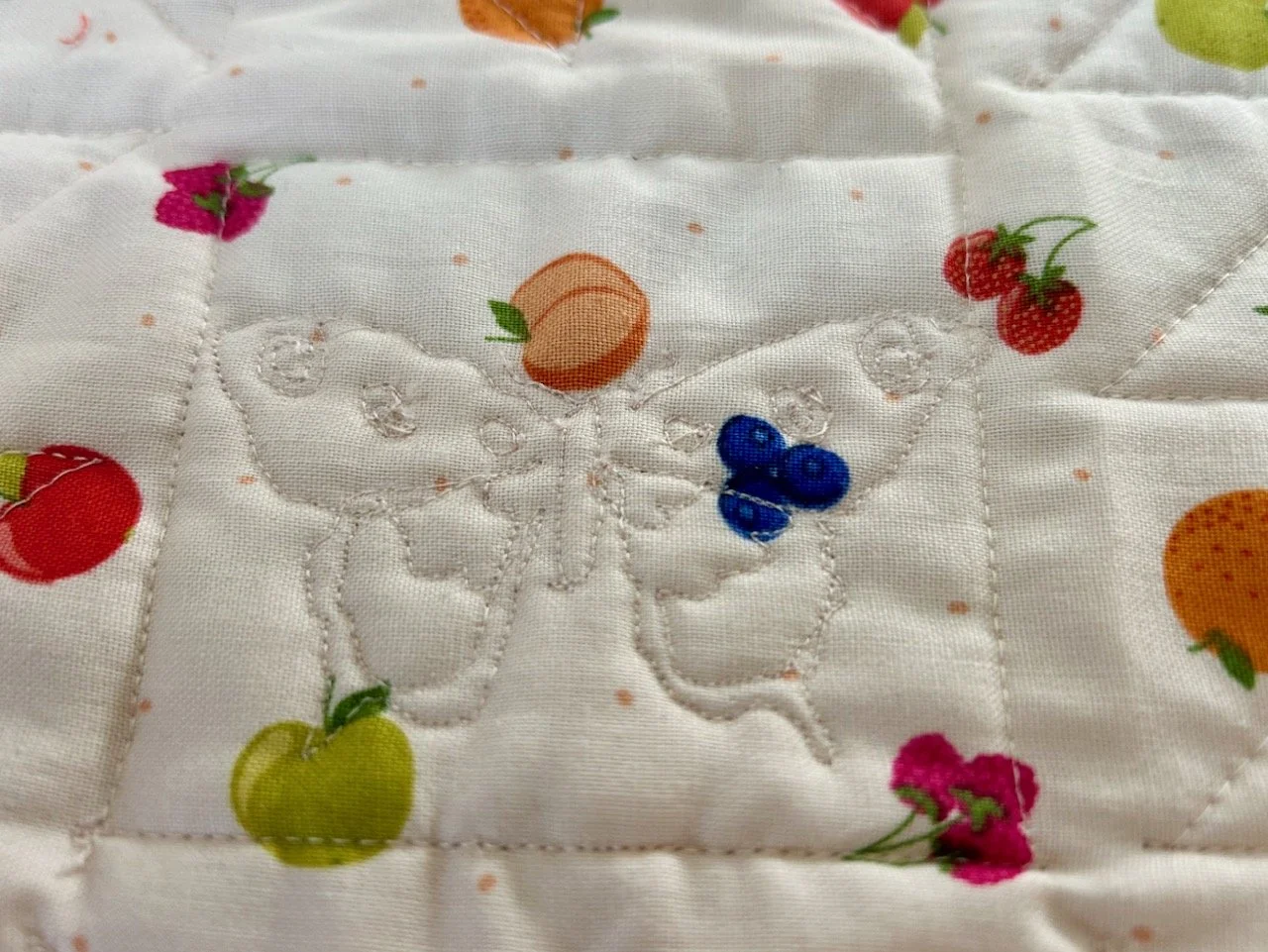* I was invited to this year’s Gardeners’ World Live and provided with a pair of tickets to the show, therefore all my posts will be marked as 'Ad’ though as usual my views and opinions are very much my own.
Given the weather we’ve had recently, which seems to have been everything from summer to winter in a matter of days, sharing this garden seems appropriate!
Lyn’s Garden: a garden for all weathers was designed and built by August Ponds Ltd and won a Silver Award at the show, and it looks at how we can continue to have a garden that can be enjoyed with year-round interest in light of changes to our climate, while also being mindful of the environment.
There’s much I like in this garden, but there’s also a couple of things that I’m unsure about.
To me that very much looks like a front door on the house at the back, and it’s great to have a good looking front garden, as well as a back garden but I can’t get my head around having a table and chairs in a front garden. And yes, I know this isn’t a real garden and is demonstrating what we could have.
The main feature of the garden is a pondless waterfall that is fed by rainwater collected from the house roof, which I could get on board with as given the amount of rain we have at times it would be good for us to manage the rainwater in our gardens. The waterfall means the water is aerated and therefore allows the water in the main harvesting unit to remain fresh for use for irrigation.
I loved the planting which was chosen for their hardiness and ability to withstand winter rains and summer drought conditions, and I love how densely it’s planted. That’s definitely something I could use and learn from, but I’m unsure about the plants dotted in between the pavers.
I just don’t think they work on a practical level. I know that I’d be tripping over the plants, or kicking them, as I wandered up the path with my shopping etc - though of course that would be comedy gold for anyone watching!
Don’t get me wrong, as a show garden it looks great - and that table is definitely swoon worthy, but as a front garden this one doesn’t work for me. Which is fine, especially as I don’t actually have a front garden!
But the planting, that’s definitely something I can get onboard with.
* With thanks to Gardeners’ World for inviting me to Gardeners’ World Live, it was quite a show! I’ll be sharing more from my visit to this year’s show throughout the year - I hope you enjoy them as much as I did the show.

